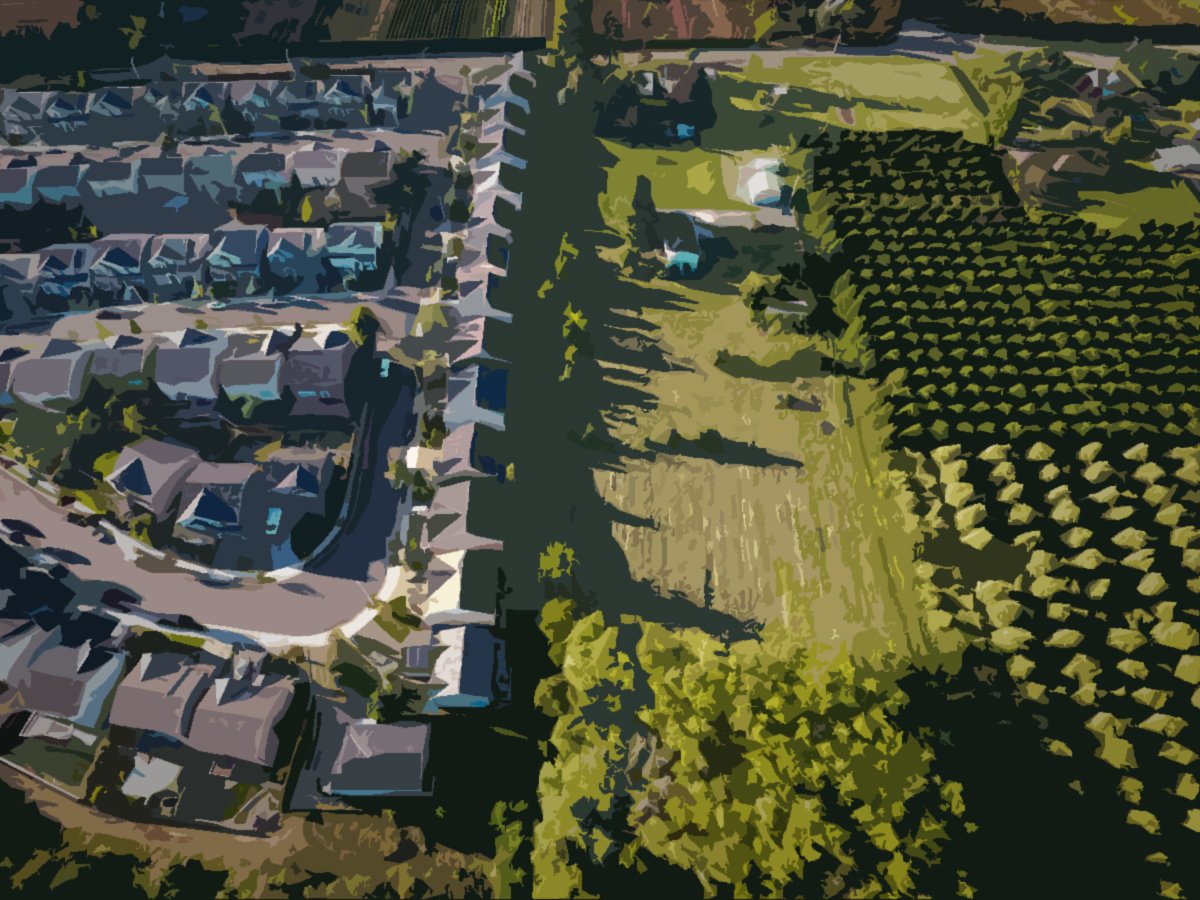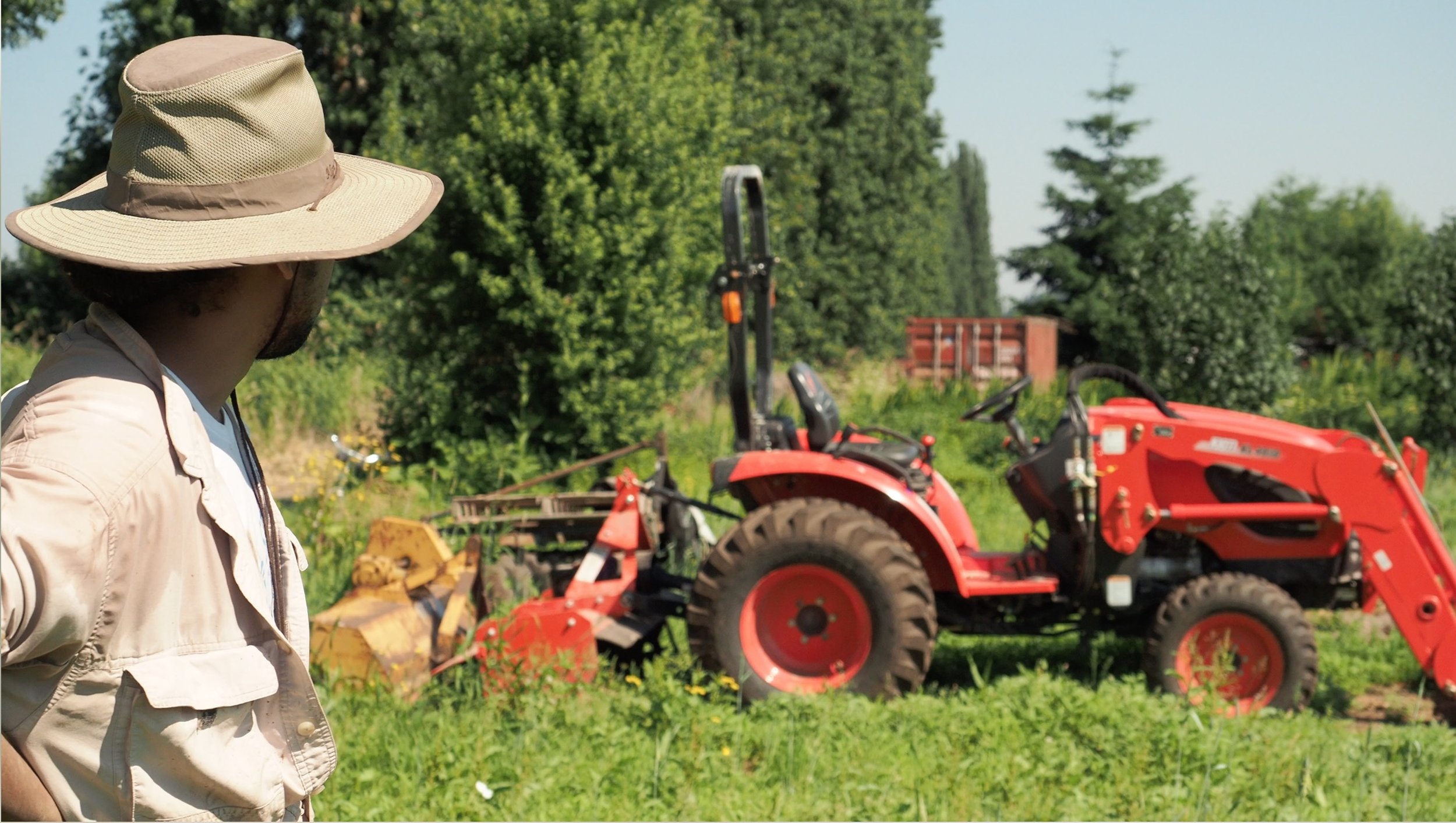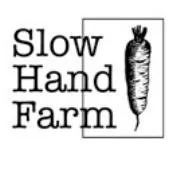
RESOURCES
Navigating your way to a resilient, sustainable peri-urban farm is not a straightforward path.
Peri-urban farm regions are diverse; rarely does a single crop/product, farm size, type etc. define them. Peri-urban areas are dynamic, and successful peri-urban farms often are often pushed to be as well. these aspects make the needs of peri-urban farms complex. Peri-urban communities and policymakers often have limited perspective on how peri-urban farms differ from commodity-scale farms in more rural areas, the value of peri-urban farms to communities and future food security, and the realities of what it takes to viably produce from the land.
These resources are intended to help you:
1) find information you need for your specific situation,
2) help you identify where the needs of other peri-urban farmers may overlap with yours, and
3) generate ideas for ways to build community supporting a viable future for peri-urban farming in your region.
Peri-Urban Farm Spotlights
There’s more than one way to make a peri-urban farm work, and more than one way to work a peri-urban farm.
Check out some of the diversity of Farm types, sizes, and approaches of the first farms to be involved in the peri-urban agriculture network.

Peri-Urban Relevant SARE-funded Projects
the Peri-urban agriculture Network was supported by a research to grassroots (R2GR) grant from USDA-NIFA’s Western Sustainable Agriculture RESEARCH and Education Program (WSARE).
The R2GR PROGRAM seeks to Bring previously funded SARE projects into field application and education.
-
GNC06-070 - Sustaining the Family Farm at the Rural Urban Interface: Farm Succession Processes of Alternative Food and Agricultural Enterprises and Traditional Commodity Farmers.
Jeff Sharp, Faculty Advisor, OSU and Shoshanah Inwood, Graduate Student, The Ohio State University
Region: North Central
To understand the processes of succession at the RUI, face-to-face interviews and 2 focus groups with traditional commodity and AFAE farm families were conducted in 2007. Data gathered from these interviews was used to generate profiles of: how farm succession occurs, identifying how entry into farming occurred, the working relationships between generations, the decision-making process involved in choosing an heir(s), gender roles, how management responsibilities and land ownership are transferred, and the role of local context (local economy, land prices, development pressures etc) in shaping decision making.
-
SW97-043 - Building Community Support for Agriculture on the Urban Edge
Dyvon Havens, Principle Investigator, WSU/Skagit County Cooperative Extension
Region: Western
The goal of this project {was} to build community support for agriculture by increasing communication and understanding between farm and nonfarm residents of the Skagit Valley and the region. By increasing community members' knowledge of agriculture and the economic and aesthetic benefits it provides, we can increase the long-term sustainability of the wider community, its landscape attributes, and its economic and agricultural bases.
-
LNC98-129 Strengthening Farms on the Edge: Developing Rural/Urban Partnerships
Rebecca Cline-Seese, Project Coordinator
Region: North Central
“Strengthening Farms on the Edge: Developing Rural/Urban Partnerships” facilitated steps necessary to begin developing cooperative marketing initiatives, education and outreach to a wide audience that included consumers and potential farmers, as well as steps to begin the conversation about improving producers marketing skills. The Northeast Ohio Family Farms (NOFF) was created as the organization that supported the above efforts of producers through the Project Coordinator, Organizer, and use of SARE funds.
-
LNC00-177 Managed Intensive Rotational Grazing for Farms Affected by Urban Growth
Julia Klocker, Project Coordinator
Region: North Central
A controlled grazing system can help to preserve critical environmental areas, conserve open space and farmland, and promote livability and revitalization of rural areas. It can also help to balance out for the acreage lost to urban sprawl that has led to less land for agriculture, wildlife, and scenic vistas. Results from this project can aid county officials when adjusting policies because of the rapid changes in population and development trends.
-
CS02-003 & CS02-011 Making the Connection: Enhancing Agricultural Understanding in an Urbanizing Area
Suzanne Heflin, Principal Investigator, Prince William County Farm Tour
Region: Southern
The continued viability of farming and agriculture is threatened by the rapid loss of farmland, increased farm/non-farm conflict in rural areas and negative impacts of un-farm-friendly county policies. Recognizing these challenges and the opportunity for a community building effort a group of farmers and citizens initiated a public tour of farms in Prince William County.
-
LNC08-302 Connecting Landowners, Growers and Markets Using Purchase of Development RIghts
Barry Lonik, Project Coordinator, Ann Arbor Township
Region: North Central
The primary outcome of this project [was] to establish small farms producing for regional markets using purchase of development rights (PDR) to reduce land costs, improve farm profitability and preserve farmland in a near-urban setting.






















